
The US Food and Drug Administration (FDA) has approved Ortho Clinical Diagnostics' VITROS Immunodiagnostic Products HIV Combo Reagent Pack and Calibrator on the VITROS 3600 Immunodiagnostic System.

The US Food and Drug Administration (FDA) has approved Ortho Clinical Diagnostics' VITROS Immunodiagnostic Products HIV Combo Reagent Pack and Calibrator on the VITROS 3600 Immunodiagnostic System.

A surprising source of this opportunistic pathogen was found through environmental testing.

Forty years after the first Ebola outbreak in the Democratic Republic of Congo, investigators find that a small group of survivors are still producing virus-fighting antibodies.

In case you missed them, we've compiled the top 5 articles from this past week.

In case you were wondering what to get the infectious disease (ID) pharmacist in your life for the upcoming holidays.

The results of a new study show that when a best practice advisory (BPA) displayed in the electronic health record of patients in the baby boomer generation, it prompted a 5-fold increase in screening for hepatitis C virus (HCV) in this population.

Hepatitis C is more curable than ever thanks to direct-acting antivirals, and now, a new study shows how expanded access to these drugs through Medicaid is helping more individuals get treated.

Authors of a new Policy Forum suggest an alternative approach to regulating fecal microbiota transplantation.
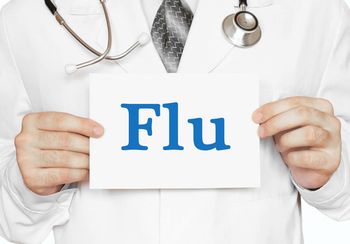
New CDC study yields higher estimate of seasonal flu-related deaths worldwide.
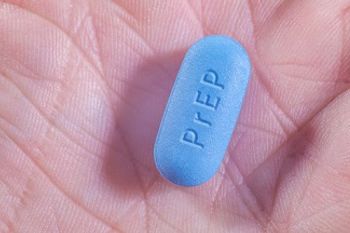
A new study from investigators at Drexel University revealed that if 25% of high-risk men who have sex with men appropriately used the pre-exposure prophylaxis (PrEP), 3 out of every 10 HIV infections in this population could be prevented.

By making this information available the FDA hopes to help improve patient outcomes, better manage antibiotic use, and decrease antimicrobial resistance.

Investigators from George Mason University have developed another diagnostic method for tuberculosis (TB), a highly sensitive and specific urine test.

As new flu deaths are reported throughout the United States, a pair of studies highlights some of the strengths and weaknesses of the flu shot.

Could forcing pathogens to compete for resources be the key to fighting drug-resistance and extending the lives of existing drugs?

The US Department of Health and Human Services Tick-Borne Disease Working Group held its first public meetings in Washington, DC, this week and it has already generated plenty of eye-grabbing headlines.

Five outbreaks of hepatitis A continue to beat down on several states; can addressing the homelessness crisis prevent future outbreaks from happening?
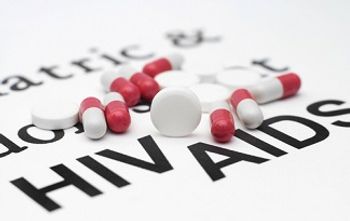
A new study compares the long-term effects of combination ART (cART) initiation during primary HIV infection with therapy initiation during chronic HIV infection.
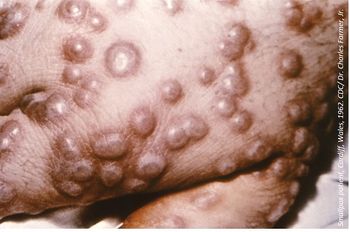
Although deemed eradicated throughout the world in 1980 thanks to a protective vaccine, research on smallpox continues to this day given the potential for the highly contagious virus to be used in biological warfare.

Despite the increase in the number of human infections with avian influenza A (H7N9) virus during the fifth epidemic in China, a new study suggests no change in the risk of transmission of the virus among humans over time.

Predicting the next infectious disease outbreak may be possible by analyzing trends on Twitter and Google.

Does following the NSQIP reduce post-operative UTIs?

However, findings from the study may provide a roadmap for future analyses of immune-based interventions seeking to relieve HIV patients of the lifelong burden of daily medication intake and enhance viral suppression.

Researchers have developed a new material for use in dental procedures that uses an antimicrobial agent to fight off bacteria and prevent plaque buildup.
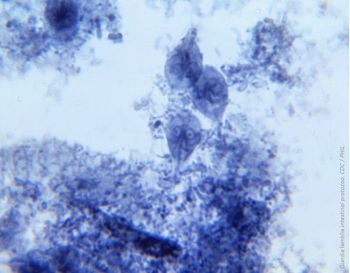
Single-dose tinidazole is the best available treatment for giardiasis in children and adults, a new study shows.

Stay up-to-date on the latest infectious disease news by checking out our top 5 articles of the week.

As the population of people living with HIV infection is living longer, age-related health issues are affecting these individuals in an accelerated or emphasized fashion.

A pair of studies recently conducted as part of the Human Vaccines Project are giving new insight into the human immune system and how researchers can develop better vaccines.
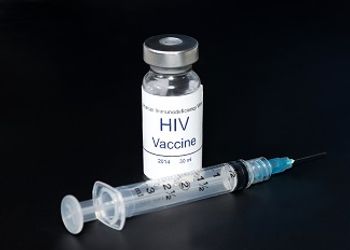
Investigators are hopeful that the global vaccine candidate will prevent a wide range of strains of the virus.

More than 110 suspected cases have already been reported, including 6 deaths.

Investigators are finding that a 4-days-a-week regimen of antiretroviral therapy (ART) may be as safe and effective as daily therapy in treating HIV, while keeping costs down and lowering risks of side effects.